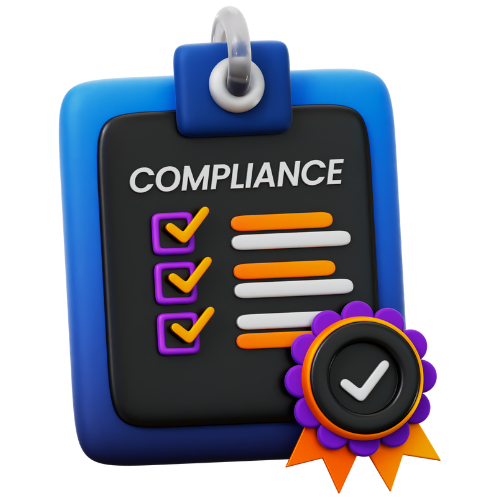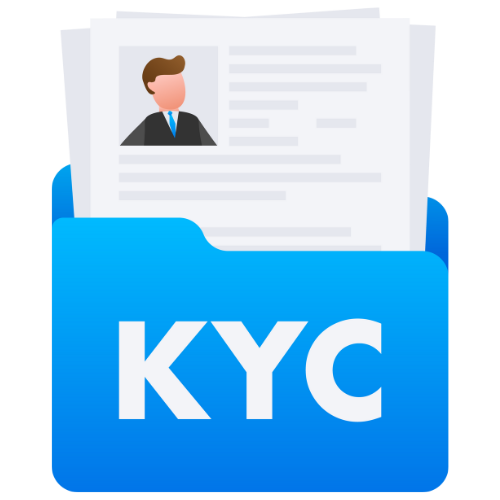Challenges in Managing PF and ESIC Registrations Simultaneously
Managing PF and ESIC registrations simultaneously can be challenging. Learn about the common issues and solutions to effectively navigate the complex process in this article.
Challenges in Managing PF and ESIC Registrations Simultaneously
Managing Provident Fund (PF) and Employees' State Insurance Corporation (ESIC) registrations simultaneously can be quite challenging for employers. Both PF and ESIC are statutory requirements that employers must comply with to provide benefits to their employees. However, navigating the complex process of managing these registrations can be overwhelming. In this article, we will discuss the common issues faced by employers when managing PF and ESIC registrations simultaneously and provide solutions to effectively handle these challenges.
Understanding PF and ESIC Registrations
Provident Fund (PF) is a retirement savings scheme where both the employer and the employee make monthly contributions towards the fund, which can be withdrawn upon retirement. Employees' State Insurance Corporation (ESIC) is a health insurance scheme for employees that provides medical and sickness benefits. Employers are required to register with both PF and ESIC authorities and make regular contributions on behalf of their employees.
Common Challenges
1. Compliance Requirements
One of the main challenges in managing PF and ESIC registrations simultaneously is ensuring compliance with the rules and regulations set forth by both authorities. Each authority has its own set of guidelines that employers must adhere to, which can be overwhelming to keep track of.
2. Documentation
Another challenge is the extensive documentation required for both PF and ESIC registrations. Employers must maintain accurate records of employee details, contribution amounts, and other relevant information to ensure compliance with both authorities.
3. Coordination
Managing PF and ESIC registrations simultaneously requires coordination between different departments within an organization, such as HR, payroll, and finance. Lack of coordination can lead to errors in calculations and reporting, which can result in penalties from the authorities.
Solutions
1. Legal Support
Employers can seek legal support to ensure compliance with both PF and ESIC regulations. Legal experts can provide guidance on the requirements and help employers navigate the complex process of managing registrations simultaneously.
2. Automation
Investing in automated payroll and HR systems can help streamline the process of managing PF and ESIC registrations. These systems can help employers maintain accurate records, generate reports, and ensure timely compliance with both authorities.
3. Training and Education
Providing training to HR and payroll staff on PF and ESIC regulations can help improve compliance and reduce errors. Employers can also educate employees about their rights and benefits under both schemes to ensure smooth implementation.
4. Outsourcing
Outsourcing the management of PF and ESIC registrations to third-party providers can relieve employers of the burden of managing these tasks internally. Outsourcing can ensure that registrations are handled professionally and in compliance with statutory requirements.
Managing PF and ESIC registrations simultaneously can be challenging for employers due to the complexity of the process and the compliance requirements set forth by both authorities. However, with the right solutions in place, employers can effectively navigate these challenges and ensure timely compliance with both PF and ESIC regulations. By investing in legal support, automation, training, and outsourcing, employers can streamline the process of managing registrations and provide benefits to their employees in a timely and efficient manner.
Latest Updates
ca4filings.com Services
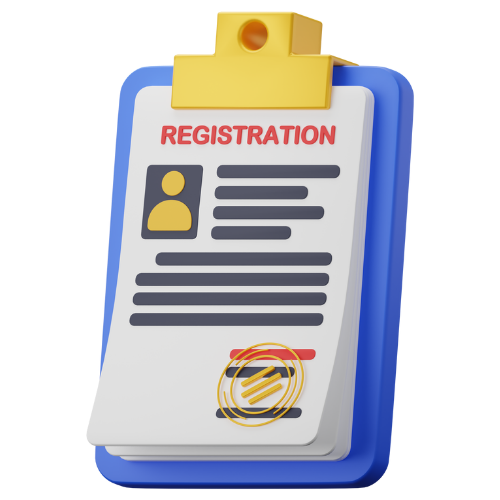
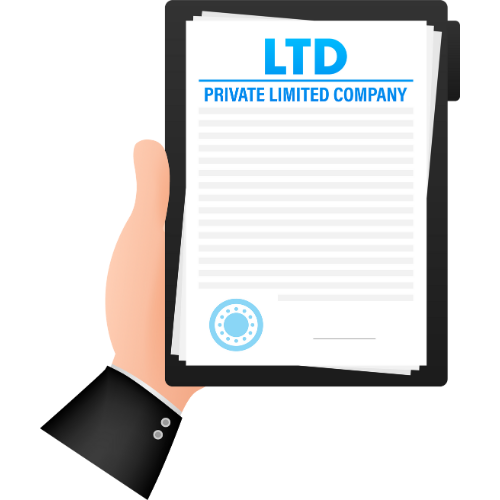







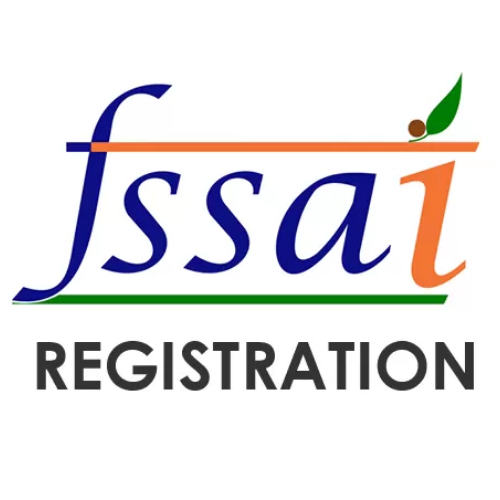

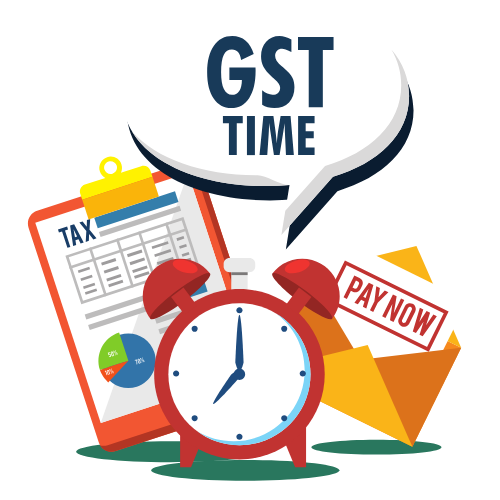



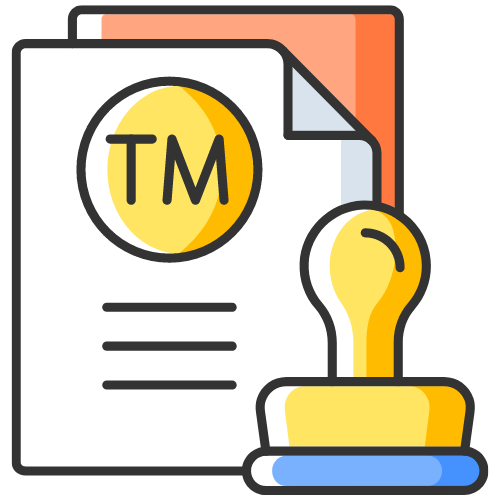
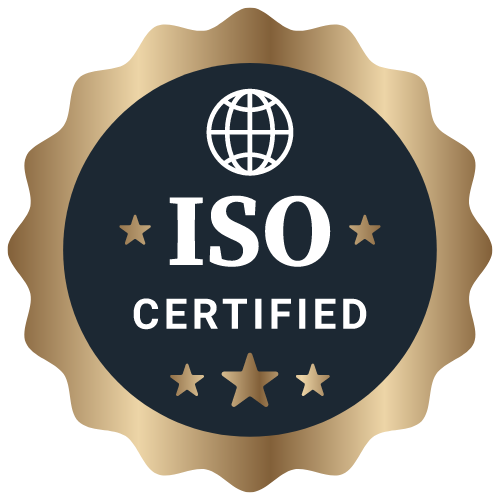

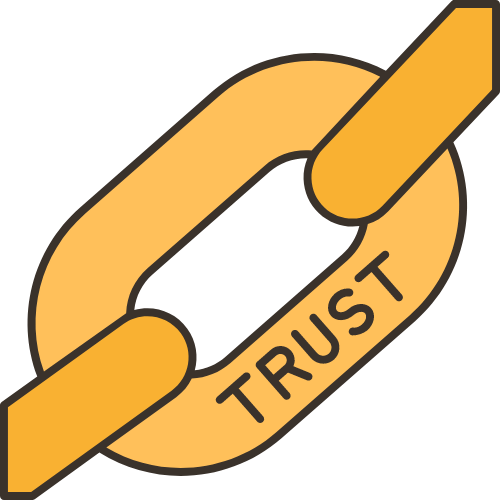




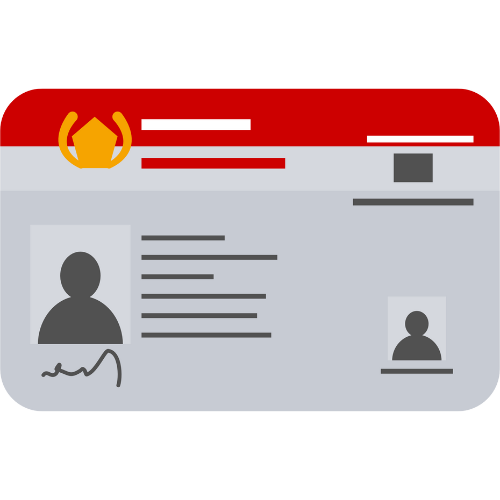
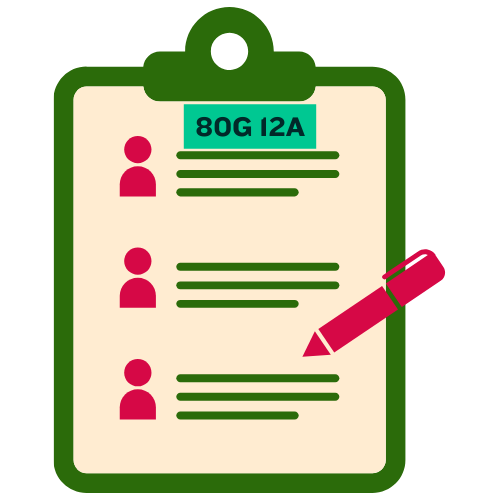

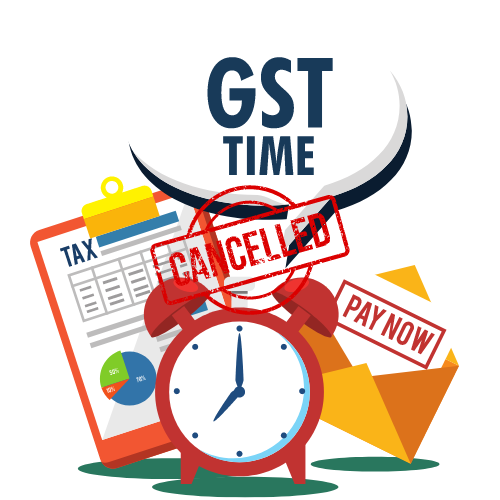
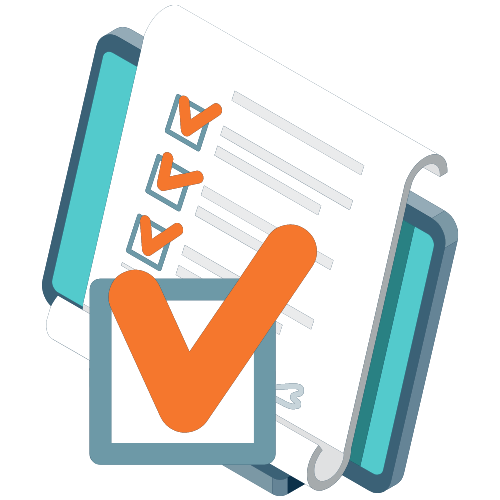
-registration.png)

